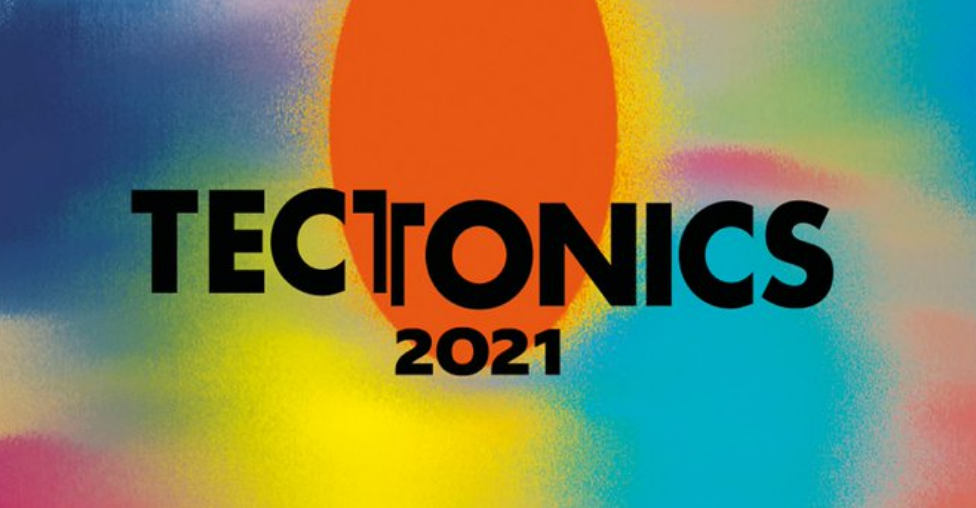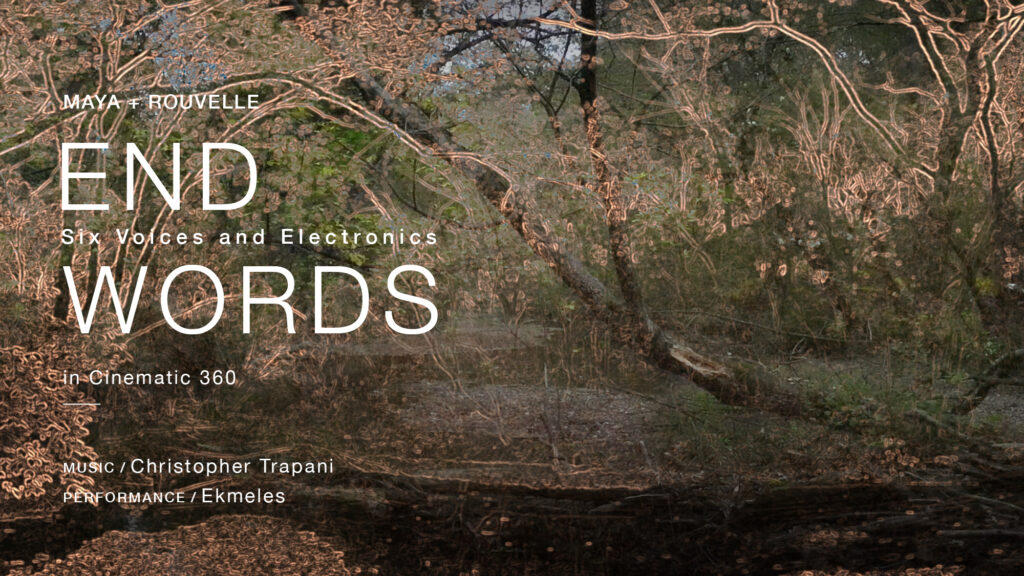Headphones suggested.
Charles Jones (1910-1997), was a composer and violinist. He taught me composition/counterpoint/harmony/orchestration. He was a wonderful teacher, and, to me, a medievalist.
He set William Langland’s Piers Plowman to music. Piers Plowman is a late 14th-century allegorical poem in a sequence of 22 dream-visions that Langland termed ‘passus’ [‘step’ in Latin]. In these visions, the narrator, Will, meets a series of allegorical characters.
Charles had a small study in his home in Manhattan (he lived there with his family in an actual house with a white picket fence in front) that we would often visit after lessons. He had a wonderful library and collection of art and artifacts that he loved to draw connections between.
He had many students over the years and it seems a lot of us felt that Charles had an uncanny ability to maintain a deep memory of our individual works, influences and thoughts – making us each feel our own efforts were dream-visions somehow simultaneously for us as individuals yet authentically conjoined with his.
This music and imagery reminds me of time with Charles.
Music composition and performance: James Rouvelle
Video: Maya+Rouvelle
As the other works in this series (Soundcloud, for videos click on the video of this movement above ), the music is derived from a 10 note scale (a “Dekany”) inspired by the work of Erv Wilson.
The fundamental tone is 432Hz.

